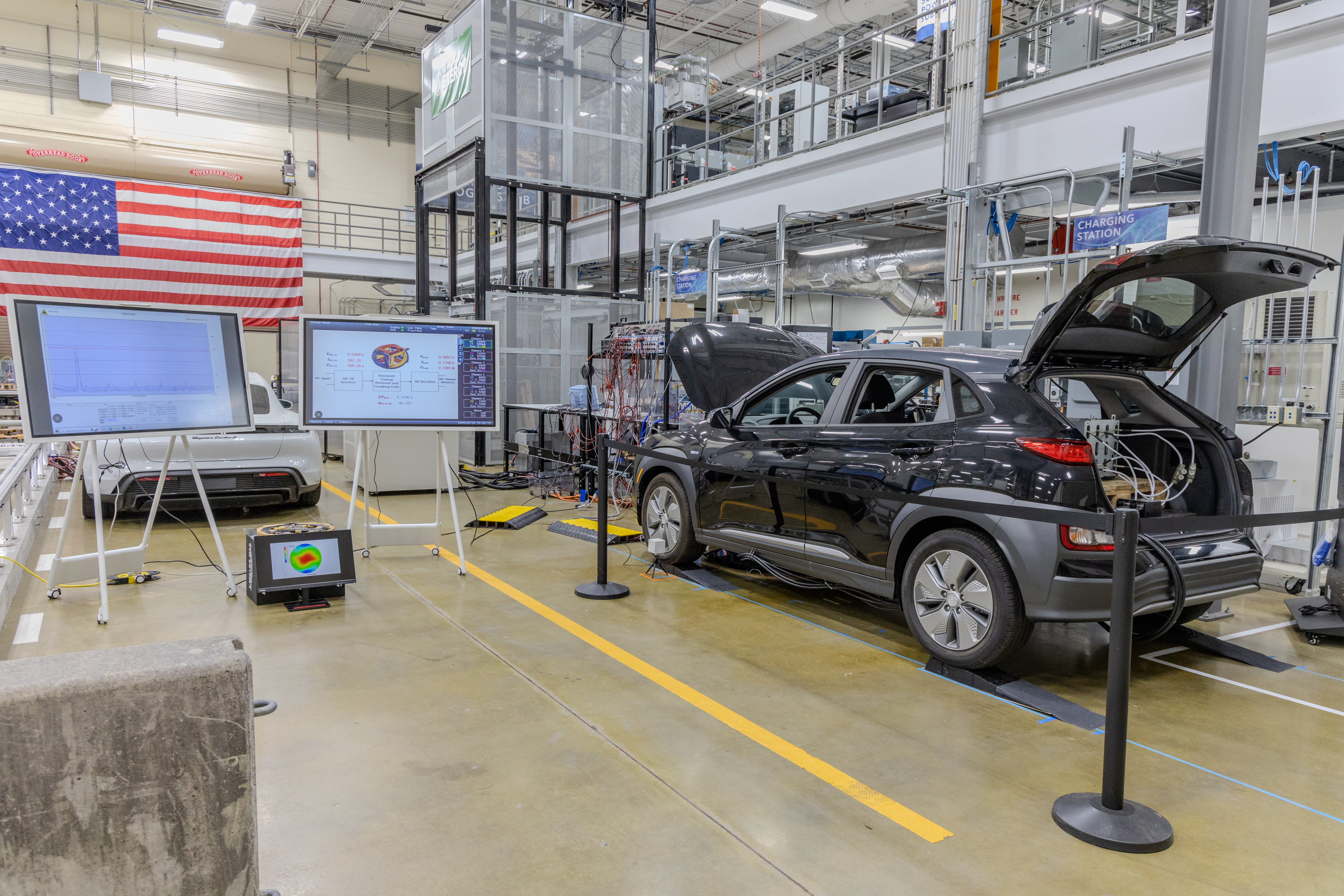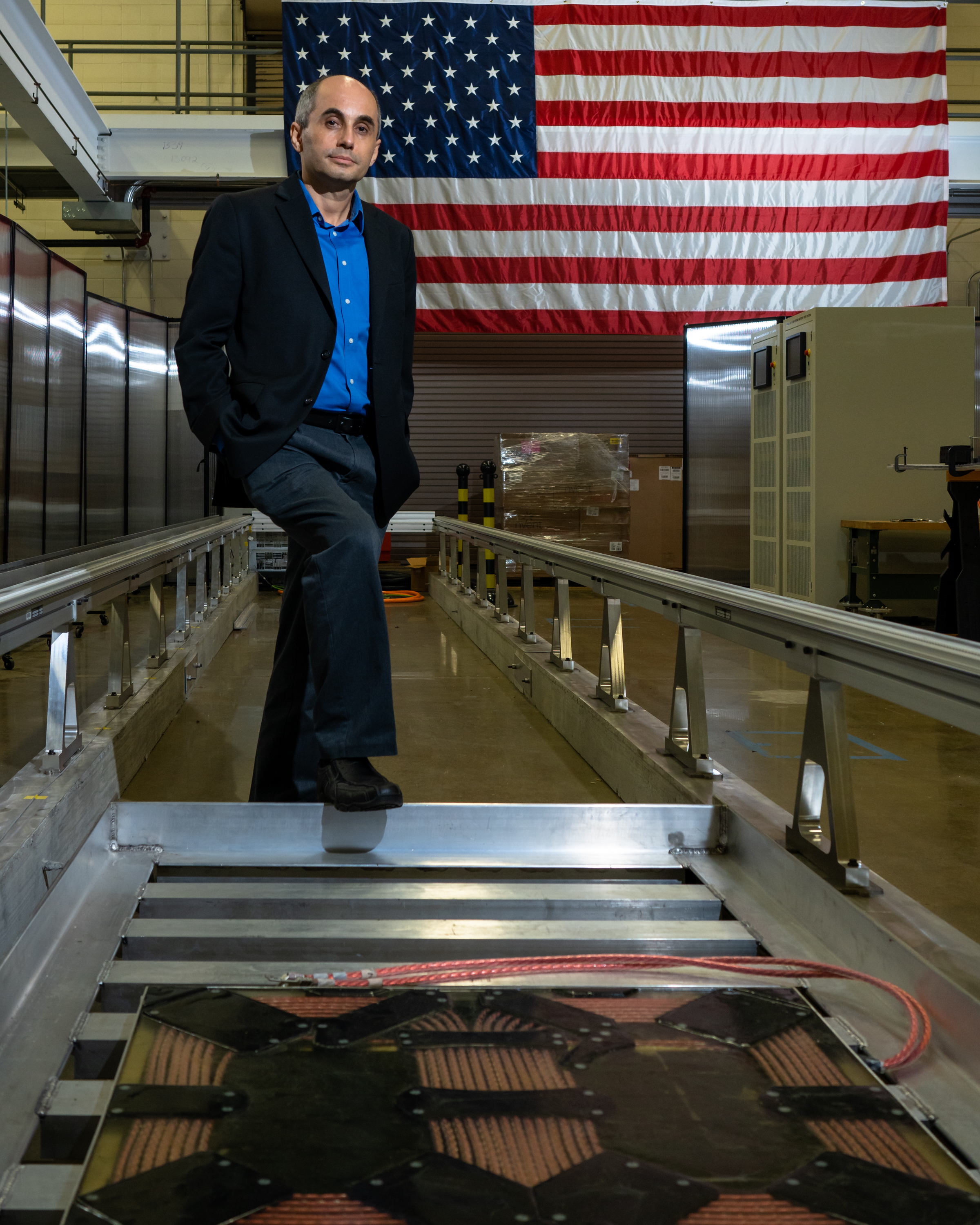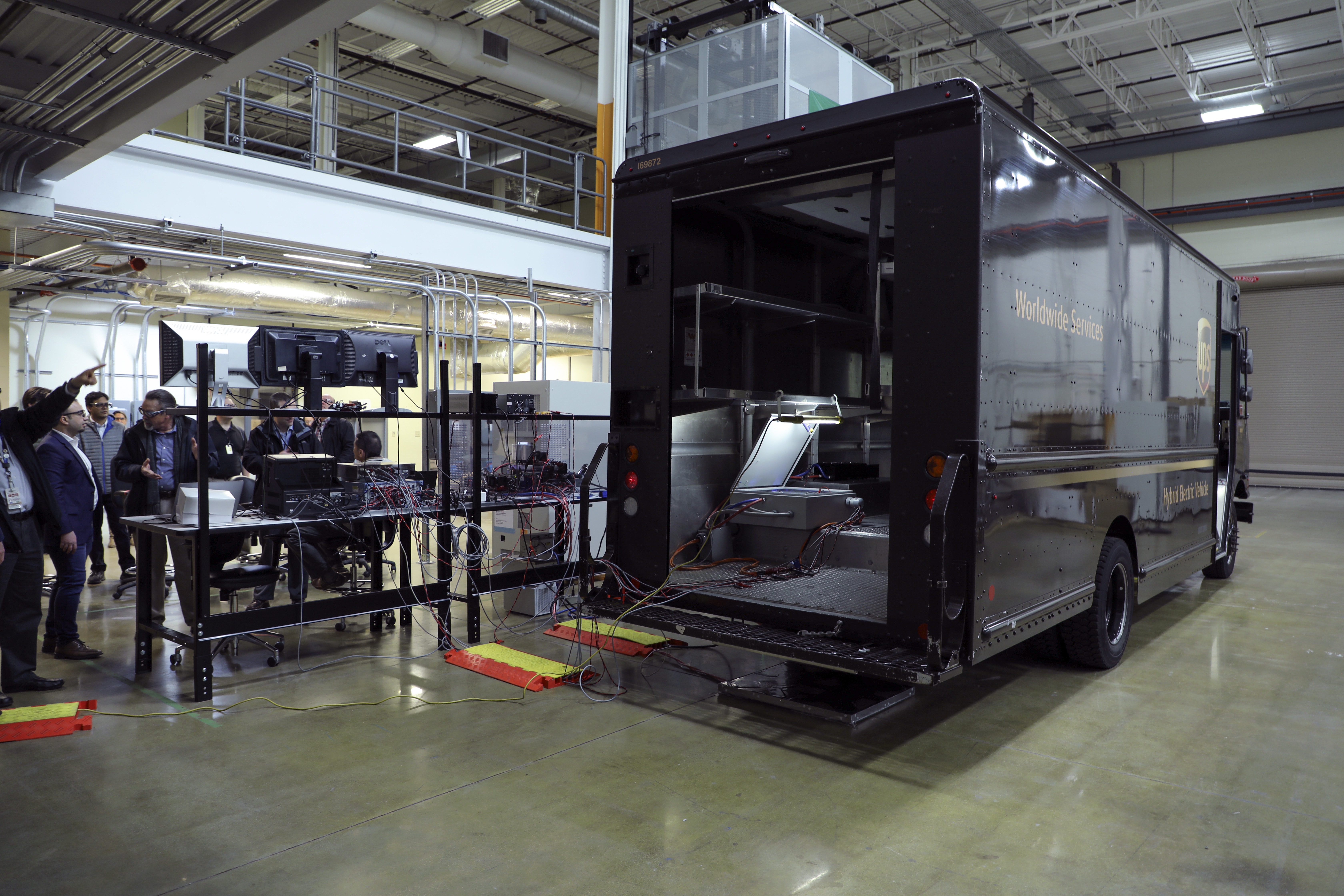A team of researchers at ORNL demonstrated that a light-duty passenger electric vehicle can be wirelessly charged at 100-kW with 96% efficiency using polyphase electromagnetic coupling coils with rotating magnetic fields.

news, journals and articles from all over the world.

A team of researchers at ORNL demonstrated that a light-duty passenger electric vehicle can be wirelessly charged at 100-kW with 96% efficiency using polyphase electromagnetic coupling coils with rotating magnetic fields.
A better way to wirelessly charge over long distances has been developed at Aalto University.

Burak Ozpineci, a Corporate Fellow and section head for Vehicle and Mobility Systems Research at Oak Ridge National Laboratory, is one of six international recipients of the eighth Nagamori Award chosen annually by the Nagamori Foundation based in Kyoto, Japan. The honor recognizes outstanding researchers and engineers working in electric motors, motor drives and related fields.
ORNL story tips: Powered by nature, get on the bus, accelerating methane, helping JET soar, charged up planning and building a better thermostat
Oak Ridge National Laboratory scientists have for several years now steadily advanced a wireless charging technology that can make powering an electric vehicle just as easy, or easier, than filling up a car with gas. The researchers are now nearing the completion of a new system to charge EVs while they’re in motion.

Story tips from the Department of Energy’s Oak Ridge National Laboratory

Researchers at the Department of Energy’s Oak Ridge National Laboratory (ORNL) demonstrated a 20-kilowatt bi-directional wireless charging system installed on a UPS medium-duty, plug-in hybrid electric delivery truck. The project is the first of its kind to achieve power transfer at this rate across an 11-inch air gap, advancing the technology to a new class of larger vehicles with higher ground clearance.